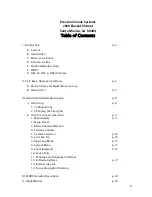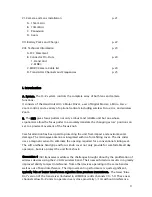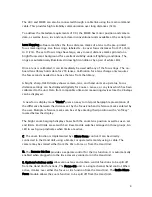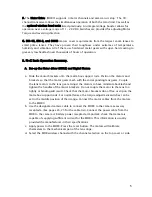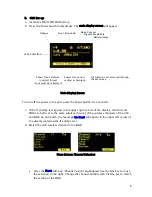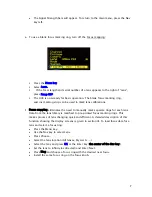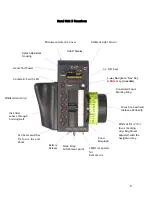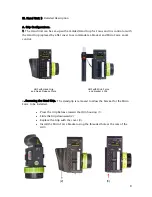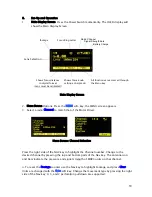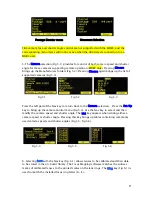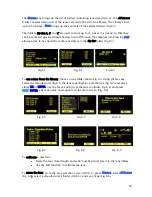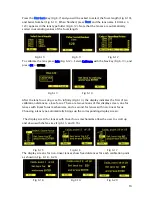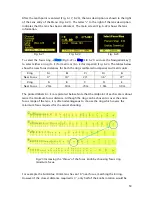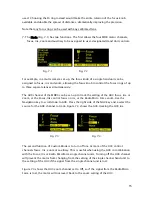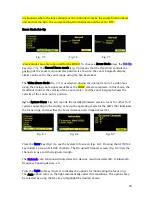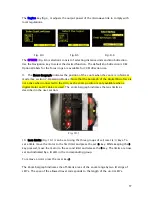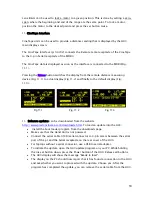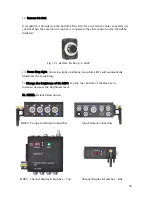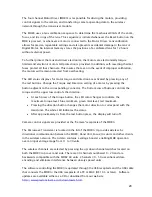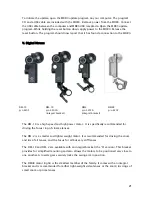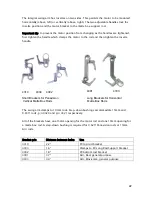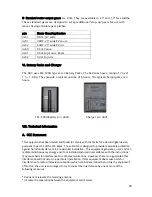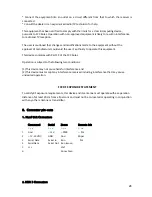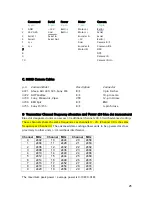
15
used. Choosing the Di ring instead would make the entire rotation of the focus knob
available and double the spread of distances, dramatically improving the precision.
Note that any focus ring can be used with any calibrated lens.
7. The Mode (Fig. 7.1) has two functions. The first allows the four MDR motor channels,
focus, iris, zoom and auxiliary to be assigned to user-designated Hand Unit controls.
For example, in a multi-camera set-up, the focus knob of a single hand unit can be
assigned to focus, iris and zoom, allowing the focus knob to control the focus rings of up
to three separate lenses simultaneously.
The AUX channel of the MDR3 can be set-up to track the setting of the HU3 focus, iris, or
zoom, or the Focus/Iris control focus or iris, or the Radio Micro Force zoom. Use the
Navigation key to scroll down to AUX. Press the right side of the NAV key and a select the
source for the AUX channel to track. Figure 7.3 shows the AUX tracking the HU3 iris.
The second function of Custom Mode is to turn off one or more of the HU3 control
channels focus, iris, zoom or auxiliary. This is useful when using the HU3 in combination
with the Focus/Iris or Radio Microforce single channel units. Turning off the HU3 channel
will prevent the motor from changing from the setting of the single channel hand unit to
the setting of the HU3 if the signal from the single channel unit is lost.
Figure 7.4 shows the HU3 zoom channel set to Off, so if the signal from the Radio Micro
Force is lost, the motor will not revert back to the zoom setting of the HU3.
Fig.
7.1 Fig.
7.2
Fig. 7.3
Fig. 7.4


